Description
Familiarity with treatment
The limited incision facelift, also known as a mini facelift, is a modern and less invasive procedure that focuses on rejuvenating the lower section of the face. Here is an explanation of the procedure based on the search results:
Procedure Overview: The limited incision facelift aims to lift and beautify the lower face, including the cheeks and jawline. It is performed as an alternative to the traditional facelift for patients with mild to moderate signs of aging.
Incisions: The incisions made during a limited incision facelift are shorter and well-concealed. They typically begin in the hairline just above the ear and wrap around the front of the ear, but they do not extend all the way into the lower scalp like a traditional facelift incision.
Tissue Lifting and Tightening: After making the incisions, the surgeon lifts and repositions the underlying facial tissues, including the muscles and fat pads. This helps to restore a more youthful contour to the face and improve the appearance of sagging skin.
Excess Skin Removal: Excess skin is carefully trimmed away, and the remaining skin is redraped over the newly repositioned contours of the face. The incisions are then closed with sutures or other closure techniques.
Benefits: The limited incision facelift offers several benefits, including a shorter recovery period and limited scarring compared to traditional facelift procedures. It can provide significant rejuvenation to the lower face while maintaining a natural appearance.
Customization: Like other facelift procedures, the limited incision facelift can be customized to address specific concerns and desired outcomes. Surgeons personalize the procedure based on the individual’s unique needs and goals.
Anesthesia: The limited incision facelift is typically performed under local anesthesia with sedation. This helps ensure patient comfort during the procedure.
Who is it suitable for?
The limited incision facelift, also known as a mini facelift, is suitable for individuals with mild to moderate signs of aging. Here are some factors to consider based on the search results:
Mild to Moderate Signs of Aging: The limited incision facelift is ideal for individuals with less severe sagging and wrinkles. It is a suitable option for those who want to address early signs of aging and achieve a more youthful appearance.
Desired Outcome: If you prefer a more subtle improvement rather than a dramatic transformation, the limited incision facelift may be a suitable choice. It provides a more natural-looking result compared to more extensive facelift procedures.
Skin Laxity: The severity of sagging and skin laxity plays a role in determining the appropriate facelift technique. The limited incision facelift is typically recommended for patients with mild to moderate skin laxity. Individuals with significant lower neck skin laxity may not be ideal candidates for this procedure.
Scarring Concerns: The limited incision facelift offers the advantage of smaller, well-concealed incisions. This makes it particularly appealing for individuals concerned about visible scarring. The incisions are typically shorter and placed in inconspicuous areas, resulting in less visible scarring compared to traditional facelift procedures.
Recovery Time: The limited incision facelift generally involves a shorter recovery period compared to more extensive facelift procedures. This can be advantageous for individuals who want to minimize downtime and return to their regular activities sooner.
Who is it not suitable for?
The limited incision facelift, also known as a mini facelift, is not suitable for individuals with significant lower neck skin laxity. According to the search results, this procedure is typically recommended for patients with mild to moderate signs of aging. It focuses on rejuvenating the lower face, including the cheeks and jawline, rather than addressing neck sagging or excess skin.
Advantages
Based on the search results, here are some advantages of the limited incision facelift:
Limited Incision and Scar: The limited incision facelift involves smaller incisions compared to traditional facelift procedures. This results in smaller, well-concealed scars, which can be appealing for individuals concerned about visible scarring.
Excellent Correction: The limited incision facelift can provide excellent correction of various signs of aging, including nasolabial folds, cheek laxity, jowls, and redundant submental skin and fat 1. It focuses on rejuvenating the lower face, including the cheeks and jawline, and can help restore a more youthful appearance.
Minimal Recovery Time: One of the advantages of the limited incision facelift is that it involves a shorter recovery period compared to more extensive facelift procedures. Patients can typically resume their daily activities within a few days after the surgery 2.
Customization: The limited incision facelift can be customized to address specific concerns and desired outcomes. Surgeons can personalize the procedure to give the face a more refreshed and youthful appearance while accentuating the individual’s natural beauty 2.
Local Anesthesia: The limited incision facelift usually requires local anesthesia only, meaning the patient stays conscious throughout the surgery and does not feel any pain. This can be advantageous, as it avoids the grogginess or disorientation associated with general anesthesia 2.
Complications
Based on the search results, here are some potential complications associated with the limited incision facelift:
Hair Loss: Temporary or permanent hair loss near the incision sites can occur. In cases of permanent hair loss, surgical procedures may be necessary to transplant skin with hair follicles 1.
Skin Loss: In rare cases, a limited incision facelift can interrupt the blood supply to facial tissues, resulting in skin loss. This complication is treated with medications and appropriate wound care. If necessary, additional procedures can be performed to reduce scarring 1.
Bleeding and Infection: Like any major surgery, a limited incision facelift carries a risk of bleeding and infection. It’s important to follow post-operative care instructions and take prescribed medications to minimize these risks.
Reaction to Anesthesia: There is a risk of having a reaction to the anesthesia used during the limited incision facelift. Your surgeon will evaluate your medical history and take necessary precautions to minimize this risk 1.
Complications from Hematoma: In some cases, hematomas (collections of blood) may occur after the limited incision facelift. Surgical drainage may be required to address this complication.
preoperative care
Preoperative care for a limited incision facelift involves several important steps to ensure a successful surgery and smooth recovery. Here are some key aspects of preoperative care based on the search results:
Medical Evaluation: Before undergoing a limited incision facelift, a thorough preoperative medical evaluation is typically conducted. This evaluation helps assess your overall health and identify any potential risks or contraindications for the surgery. It may involve reviewing your medical history, performing physical examinations, and conducting any necessary laboratory tests.
Discussion with Surgeon: It’s important to have a detailed consultation with your plastic surgeon before the procedure. During this consultation, you can discuss your goals, expectations, and any concerns you may have. Your surgeon will evaluate your facial anatomy, skin condition, and determine if you are a suitable candidate for a limited incision facelift.
Preoperative Instructions: Your surgeon will provide you with specific preoperative instructions to follow. These instructions may include guidelines on medications to avoid before surgery, such as blood-thinning medications or herbal supplements that can increase the risk of bleeding. It’s crucial to follow these instructions carefully to minimize any potential complications.
Smoking Cessation: If you are a smoker, it is highly recommended to quit smoking before the surgery. Smoking can impair the healing process and increase the risk of complications. Your surgeon may advise you to stop smoking for a certain period before and after the procedure.
Medications: Your surgeon may prescribe preoperative medications, such as antibiotics and corticosteroids, to reduce the risk of infection and inflammation. It’s important to take these medications as directed and inform your surgeon about any allergies or adverse reactions you may have.
Hair Preparation: Depending on the incision placement, you may be instructed to pull your hair back and secure it away from the surgical area. This helps ensure a clean surgical field and facilitates the incision process.
Preoperative Photographs: Preoperative photographs are often taken to document your facial appearance before the surgery. These photographs serve as a reference for your surgeon during the procedure and can help track your progress during the recovery period.
Support System: It’s essential to arrange for a support system to assist you during the initial recovery phase. This may involve having someone accompany you to the surgery, driving you home afterward, and providing assistance with daily activities during the early stages of recovery.
Postoperative care
Postoperative care is crucial for a successful recovery after a limited incision facelift. Here are some key aspects of postoperative care based on the search results:
Follow Surgeon’s Instructions: Your surgeon will provide you with specific postoperative instructions tailored to your individual case. It’s important to follow these instructions carefully to ensure proper healing and minimize the risk of complications. These instructions may include guidelines on wound care, medication usage, activity restrictions, and follow-up appointments.
Physical Rest and Activity: It’s essential to limit physical exertion for at least one week after the surgery. Gradually resume normal activities as advised by your surgeon. Avoid strenuous exercise and heavy lifting for a few weeks to allow your body to heal properly.
Incision Care: Proper care of the incision sites is crucial for optimal healing and to minimize the risk of infection. Follow your surgeon’s instructions on how to clean and care for the incisions. Keep the incision areas clean and dry, and avoid applying any creams, ointments, or makeup until instructed by your surgeon.
Monitoring for Infection: Monitor the incision sites for any signs of infection, such as spreading redness, swelling, pus or drainage, excessive pain, increasing warmth, or a fever of 101 degrees Fahrenheit or greater. If you notice any concerning symptoms, contact your surgeon immediately.
Swelling and Bruising: Swelling and bruising are common after a facelift. Apply cold compresses as directed by your surgeon to help reduce swelling and minimize bruising. Keep your head elevated while resting or sleeping to further reduce swelling.
Pain Management: Your surgeon may prescribe pain medication to manage any discomfort or pain during the initial recovery period. Take the medication as directed and inform your surgeon if you experience any severe or persistent pain.
Follow-Up Appointments: Attend all scheduled follow-up appointments with your surgeon. These appointments are essential for your surgeon to monitor your healing progress, remove any stitches or dressings, and address any concerns or questions you may have.
Sun Protection: Protect your skin from sun exposure by wearing a wide-brimmed hat and using sunscreen with a high SPF. Sun exposure can increase the risk of complications and delay the healing process.


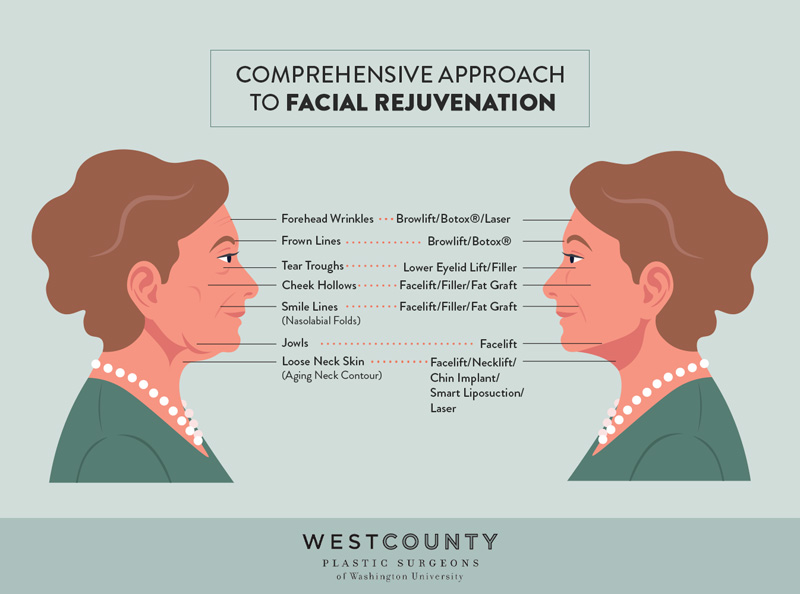
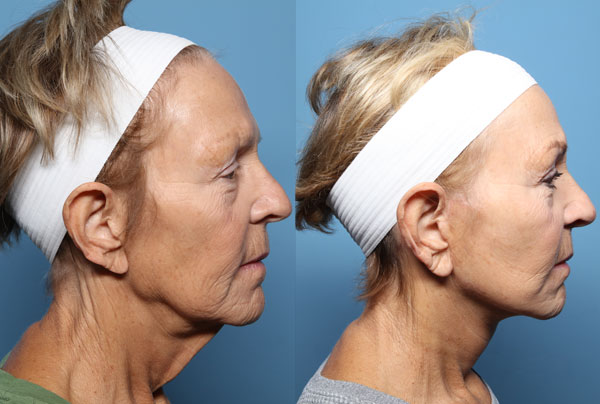
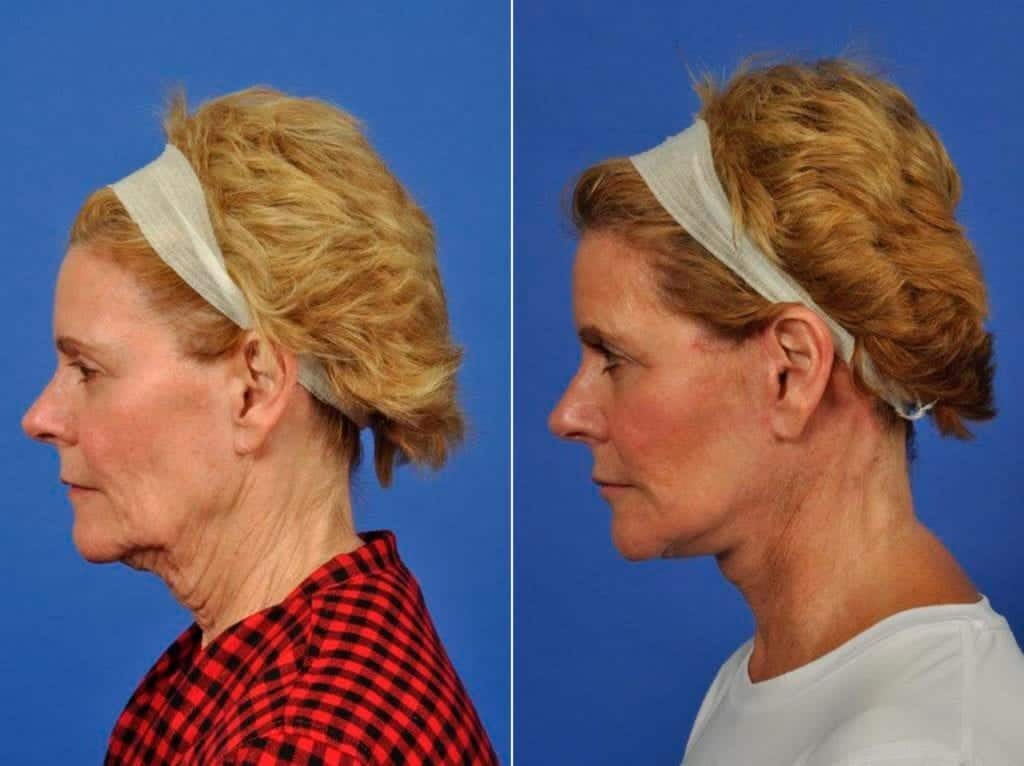

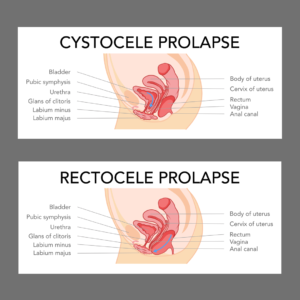

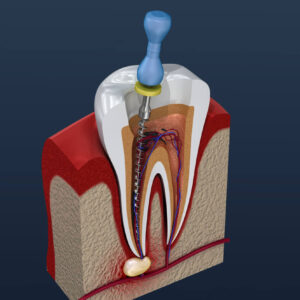
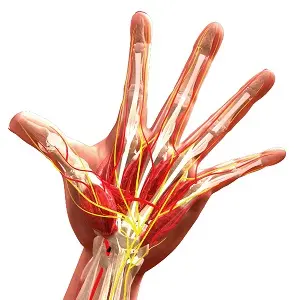
Reviews
There are no reviews yet.